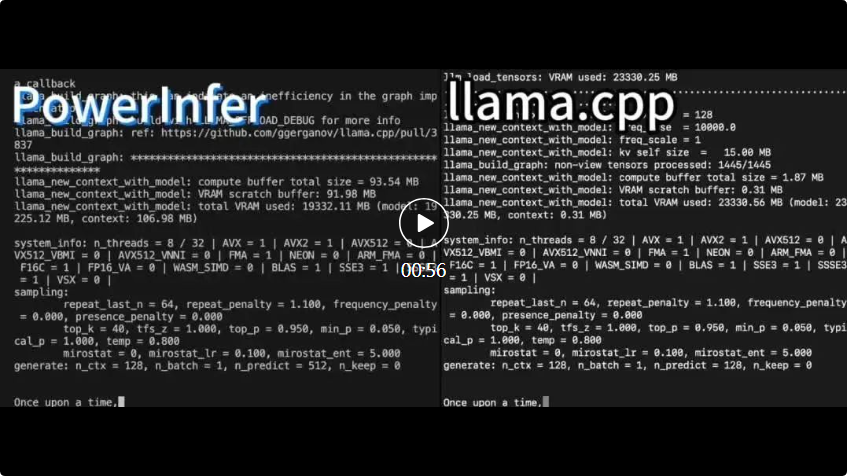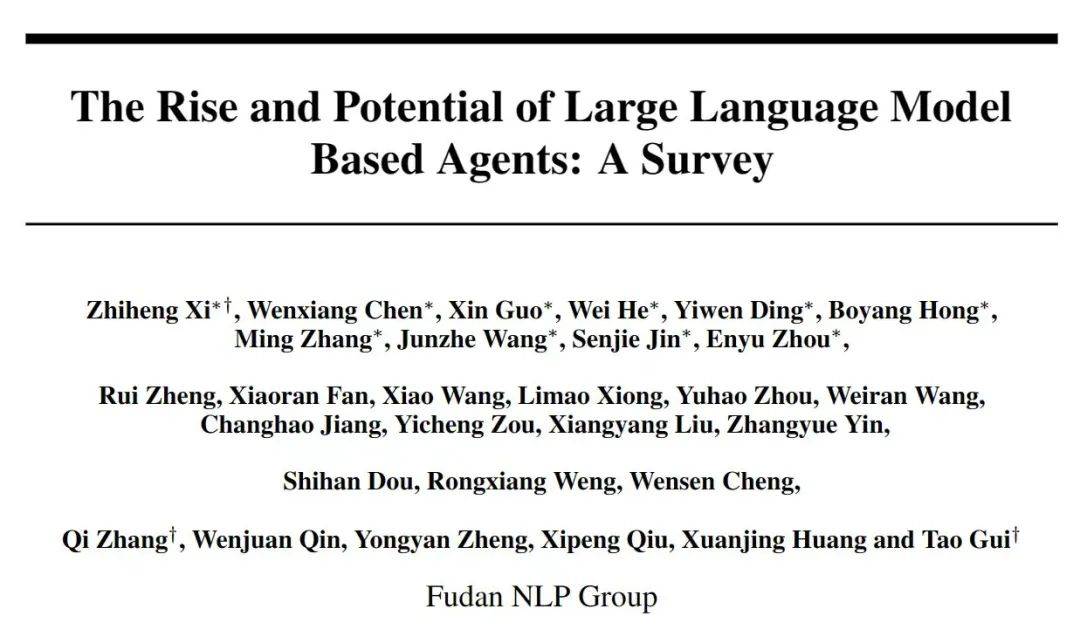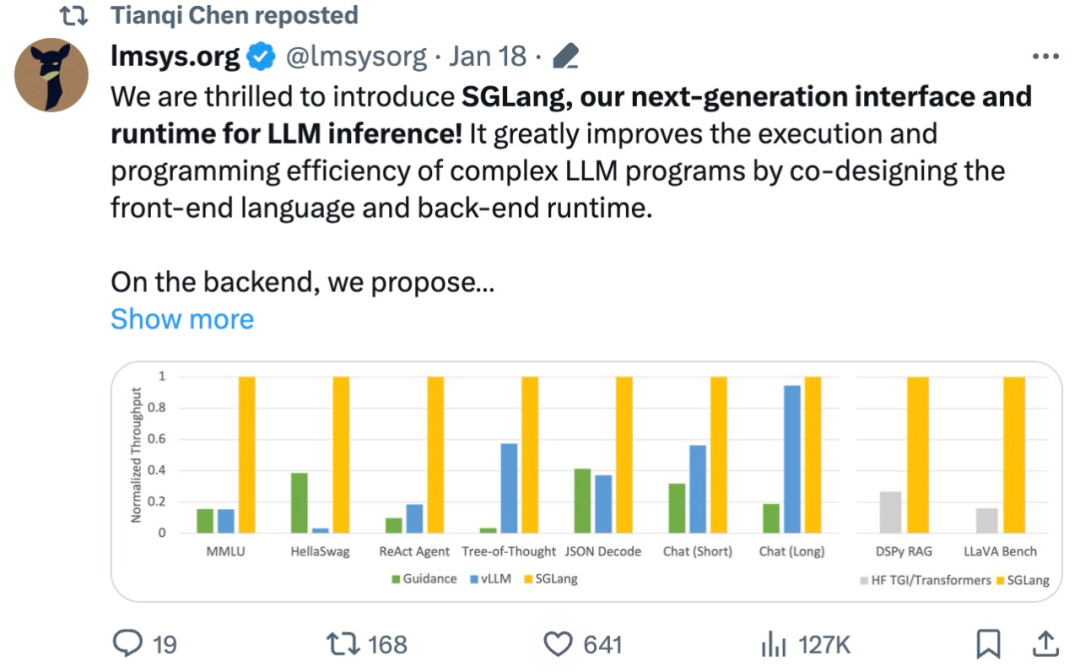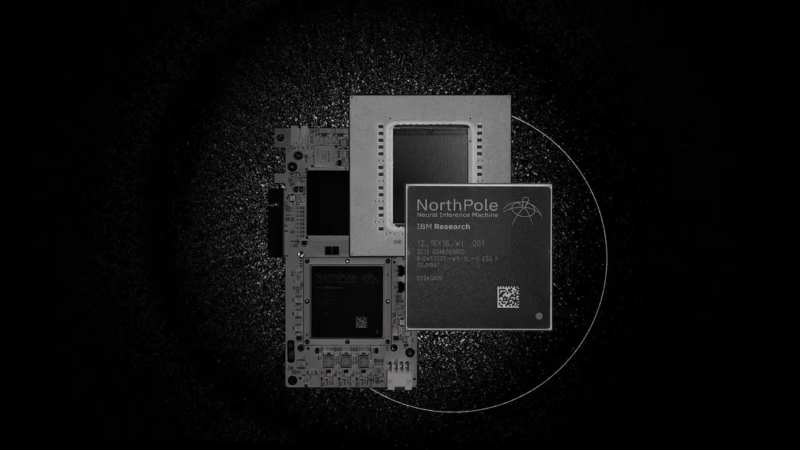 Technology peripherals
Technology peripherals AI
AI Amazon Cloud Innovation 'Neural Sparse Retrieval”: Only text matching is needed to achieve semantic search
Amazon Cloud Innovation 'Neural Sparse Retrieval”: Only text matching is needed to achieve semantic search
The AIxiv column is a column where academic and technical content is published on this site. In the past few years, the AIxiv column of this site has received more than 2,000 reports, covering top laboratories from major universities and companies around the world, effectively promoting academic exchanges and dissemination. If you have excellent work that you want to share, please feel free to contribute or contact us for reporting. Submission email: liyazhou@jiqizhixin.com; zhaoyunfeng@jiqizhixin.com
The authors of this article are Dr. Yang Yang, machine learning leader and machine learning engineers Geng Zhichao and Guan Cong from the OpenSearch China R&D team. OpenSearch is a pure open source search and real-time analysis engine project initiated by Amazon Cloud Technology. The software currently has over 500 million downloads, and the community has more than 70 corporate partners around the world.
The stability of correlation performance on different queries: Zero-shot semantic retrieval requires the semantic coding model to have good correlation performance on data sets with different backgrounds, that is, the language model is required to be used out of the box, without the user having to Fine-tune on the data set. Taking advantage of the homologous characteristics of sparse coding and term vectors, Neural Sparse can downgrade to text matching when encountering unfamiliar text expressions (industry-specific words, abbreviations, etc.), thereby avoiding outrageous search results. Time efficiency of online search: The significance of low latency for real-time search applications is obvious. Currently popular semantic retrieval methods generally include two processes: semantic encoding and indexing. The speed of these two determines the end-to-end retrieval efficiency of a retrieval application. Neural Sparse's unique doc-only mode can achieve semantic retrieval accuracy comparable to first-class language models at a latency similar to text matching without online coding. Index storage resource consumption: Commercial retrieval applications are very sensitive to storage resource consumption. When indexing massive amounts of data, the running cost of a search engine is strongly related to the consumption of storage resources. In related experiments, Neural Sparse only required 1/10 of k-NN indexing to index the same size of data. At the same time, the memory consumption is also much smaller than k-NN index.
Two -stage search speed comparison Opensearch currently has 3 models open source. Relevant registration information can be obtained in official documents. Let's take amazon/neural-sparse/opensearch-neural-sparse-encoding-v1 as an example. First use the register API to register: 
 Comparison between sparse encoding and dense encoding
Comparison between sparse encoding and dense encoding  to to to to she herself herself herself herself she herself herself she she herself she Shen Shen Shen she Shen Shen Shen her all takes she for According to the BEIR article And, since most of the current dense coding models are based on fine-tuning on the MSMAARCO data set, the model performs very well on this data set. However, when conducting zero-shot tests on other BEIR data sets, the correlation of the dense coding model cannot exceed BM25 on about 60% to 70% of the data sets. This can also be seen from our own replicated comparative experiments (see table below).
to to to to she herself herself herself herself she herself herself she she herself she Shen Shen Shen she Shen Shen Shen her all takes she for According to the BEIR article And, since most of the current dense coding models are based on fine-tuning on the MSMAARCO data set, the model performs very well on this data set. However, when conducting zero-shot tests on other BEIR data sets, the correlation of the dense coding model cannot exceed BM25 on about 60% to 70% of the data sets. This can also be seen from our own replicated comparative experiments (see table below).  In experiments on the BEIR benchmark, we can see that the two methods of Neural Sparse have higher correlation scores compared to the dense coding model and BM25.
In experiments on the BEIR benchmark, we can see that the two methods of Neural Sparse have higher correlation scores compared to the dense coding model and BM25. 
As mentioned in the previous article, during the sparse encoding process, the text is converted into a set of tokens and weights. This transformation produces a large number of tokens with low weights. Although these tokens take up most of the time in the search process, their contribution to the final search results is not significant.
Therefore, we propose a new search strategy that first filters out these low-weight tokens in the first search and relies only on high-weight tokens to locate higher-ranking documents. Then on these selected documents, the previously filtered low-weight tokens are reintroduced for a second detailed scoring to obtain the final score.
Through this method, we significantly reduce the delay in two parts: First, in the first stage of search, only high-weight tokens are matched in the inverted index, greatly reducing unnecessary calculations time. Secondly, when scoring again within a precise small range of result documents, we only calculate the scores of low-weight tokens for potentially relevant documents, further optimizing the processing time. 
First set the cluster configuration so that the model can run on the local cluster. PUT /_cluster/settings{"transient" : {"plugins.ml_commons.allow_registering_model_via_url" : true,"plugins.ml_commons.only_run_on_ml_node" : false,"plugins.ml_commons.native_memory_threshold" : 99}}POST /_plugins/_ml/models/_register?deploy=true{ "name": "amazon/neural-sparse/opensearch-neural-sparse-encoding-v1", "version": "1.0.1", "model_format": "TORCH_SCRIPT"}
{"task_id": "<task_id>","status": "CREATED"}GET /_plugins/_ml/tasks/
{"model_id": "<model_id>","task_type": "REGISTER_MODEL","function_name": "SPARSE_TOKENIZE","state": "COMPLETED","worker_node": ["wubXZX7xTIC7RW2z8nzhzw"], "create_time":1701390988405,"last_update_time": 1701390993724,"is_async": true}
PUT /_ingest/pipeline/neural-sparse-pipeline{ "description": "An example neural sparse encoding pipeline", "processors" : [ { "sparse_encoding": { "model_id": "<model_id>", "field_map": { "passage_text": "passage_embedding" } } } ]}
The method of establishing a two-stage accelerated search pipeline with default parameters is as follows. For more detailed parameter settings and meanings, please refer to the official OpenSearch documentation of 2.15 and later versions.
PUT /_search/pipeline/two_phase_search_pipeline{ "request_processors": [ { "neural_sparse_two_phase_processor": { "tag": "neural-sparse", "description": "This processor is making two-phase processor." } } ]}
4. Set index神经稀疏搜索利用 rank_features 字段类型来存储编码得到的词元和相对应的权重。索引将使用上述预处理器来编码文本。我们可以按以下方式创建索一个包含两阶段搜索加速管线的索引(如果不想开启此功能,可把 `two_phase_search_pipeline` 替换为 `_none` 或删除 `settings.search` 这一配置单元)。 在索引中进行稀疏语义搜索的接口如下,将 PUT /my-neural-sparse-index{ "settings": { "ingest":{ "default_pipeline":"neural-sparse-pipeline" }, "search":{ "default_pipeline":"two_phase_search_pipeline" } }, "mappings": { "properties": { "passage_embedding": { "type": "rank_features" }, "passage_text": { "type": "text" } } }}PUT /my-neural-sparse-index/_doc/{ "passage_text": "Hello world"}GET my-neural-sparse-index/_search{ "query":{ "neural_sparse":{ "passage_embedding":{ "query_text": "Hi world", "model_id": <model_id> } } }}
The above is the detailed content of Amazon Cloud Innovation 'Neural Sparse Retrieval”: Only text matching is needed to achieve semantic search. For more information, please follow other related articles on the PHP Chinese website!
 4090生成器:与A100平台相比,token生成速度仅低于18%,上交推理引擎赢得热议Dec 21, 2023 pm 03:25 PM
4090生成器:与A100平台相比,token生成速度仅低于18%,上交推理引擎赢得热议Dec 21, 2023 pm 03:25 PMPowerInfer提高了在消费级硬件上运行AI的效率上海交大团队最新推出了超强CPU/GPULLM高速推理引擎PowerInfer。PowerInfer和llama.cpp都在相同的硬件上运行,并充分利用了RTX4090上的VRAM。这个推理引擎速度有多快?在单个NVIDIARTX4090GPU上运行LLM,PowerInfer的平均token生成速率为13.20tokens/s,峰值为29.08tokens/s,仅比顶级服务器A100GPU低18%,可适用于各种LLM。PowerInfer与
 思维链CoT进化成思维图GoT,比思维树更优秀的提示工程技术诞生了Sep 05, 2023 pm 05:53 PM
思维链CoT进化成思维图GoT,比思维树更优秀的提示工程技术诞生了Sep 05, 2023 pm 05:53 PM要让大型语言模型(LLM)充分发挥其能力,有效的prompt设计方案是必不可少的,为此甚至出现了promptengineering(提示工程)这一新兴领域。在各种prompt设计方案中,思维链(CoT)凭借其强大的推理能力吸引了许多研究者和用户的眼球,基于其改进的CoT-SC以及更进一步的思维树(ToT)也收获了大量关注。近日,苏黎世联邦理工学院、Cledar和华沙理工大学的一个研究团队提出了更进一步的想法:思维图(GoT)。让思维从链到树到图,为LLM构建推理过程的能力不断得到提升,研究者也通
 复旦NLP团队发布80页大模型Agent综述,一文纵览AI智能体的现状与未来Sep 23, 2023 am 09:01 AM
复旦NLP团队发布80页大模型Agent综述,一文纵览AI智能体的现状与未来Sep 23, 2023 am 09:01 AM近期,复旦大学自然语言处理团队(FudanNLP)推出LLM-basedAgents综述论文,全文长达86页,共有600余篇参考文献!作者们从AIAgent的历史出发,全面梳理了基于大型语言模型的智能代理现状,包括:LLM-basedAgent的背景、构成、应用场景、以及备受关注的代理社会。同时,作者们探讨了Agent相关的前瞻开放问题,对于相关领域的未来发展趋势具有重要价值。论文链接:https://arxiv.org/pdf/2309.07864.pdfLLM-basedAgent论文列表:
 FATE 2.0发布:实现异构联邦学习系统互联Jan 16, 2024 am 11:48 AM
FATE 2.0发布:实现异构联邦学习系统互联Jan 16, 2024 am 11:48 AMFATE2.0全面升级,推动隐私计算联邦学习规模化应用FATE开源平台宣布发布FATE2.0版本,作为全球领先的联邦学习工业级开源框架。此次更新实现了联邦异构系统之间的互联互通,持续增强了隐私计算平台的互联互通能力。这一进展进一步推动了联邦学习与隐私计算规模化应用的发展。FATE2.0以全面互通为设计理念,采用开源方式对应用层、调度、通信、异构计算(算法)四个层面进行改造,实现了系统与系统、系统与算法、算法与算法之间异构互通的能力。FATE2.0的设计兼容了北京金融科技产业联盟的《金融业隐私计算
 吞吐量提升5倍,联合设计后端系统和前端语言的LLM接口来了Mar 01, 2024 pm 10:55 PM
吞吐量提升5倍,联合设计后端系统和前端语言的LLM接口来了Mar 01, 2024 pm 10:55 PM大型语言模型(LLM)被广泛应用于需要多个链式生成调用、高级提示技术、控制流以及与外部环境交互的复杂任务。尽管如此,目前用于编程和执行这些应用程序的高效系统却存在明显的不足之处。研究人员最近提出了一种新的结构化生成语言(StructuredGenerationLanguage),称为SGLang,旨在改进与LLM的交互性。通过整合后端运行时系统和前端语言的设计,SGLang使得LLM的性能更高、更易控制。这项研究也获得了机器学习领域的知名学者、CMU助理教授陈天奇的转发。总的来说,SGLang的
 大模型也有小偷?为保护你的参数,上交大给大模型制作「人类可读指纹」Feb 02, 2024 pm 09:33 PM
大模型也有小偷?为保护你的参数,上交大给大模型制作「人类可读指纹」Feb 02, 2024 pm 09:33 PM将不同的基模型象征为不同品种的狗,其中相同的「狗形指纹」表明它们源自同一个基模型。大模型的预训练需要耗费大量的计算资源和数据,因此预训练模型的参数成为各大机构重点保护的核心竞争力和资产。然而,与传统软件知识产权保护不同,对预训练模型参数盗用的判断存在以下两个新问题:1)预训练模型的参数,尤其是千亿级别模型的参数,通常不会开源。预训练模型的输出和参数会受到后续处理步骤(如SFT、RLHF、continuepretraining等)的影响,这使得判断一个模型是否基于另一个现有模型微调得来变得困难。无
 220亿晶体管,IBM机器学习专用处理器NorthPole,能效25倍提升Oct 23, 2023 pm 03:13 PM
220亿晶体管,IBM机器学习专用处理器NorthPole,能效25倍提升Oct 23, 2023 pm 03:13 PMIBM再度发力。随着AI系统的飞速发展,其能源需求也在不断增加。训练新系统需要大量的数据集和处理器时间,因此能耗极高。在某些情况下,执行一些训练好的系统,智能手机就能轻松胜任。但是,执行的次数太多,能耗也会增加。幸运的是,有很多方法可以降低后者的能耗。IBM和英特尔已经试验过模仿实际神经元行为设计的处理器。IBM还测试了在相变存储器中执行神经网络计算,以避免重复访问RAM。现在,IBM又推出了另一种方法。该公司的新型NorthPole处理器综合了上述方法的一些理念,并将其与一种非常精简的计算运行
 何恺明和谢赛宁团队成功跟随解构扩散模型探索,最终创造出备受赞誉的去噪自编码器Jan 29, 2024 pm 02:15 PM
何恺明和谢赛宁团队成功跟随解构扩散模型探索,最终创造出备受赞誉的去噪自编码器Jan 29, 2024 pm 02:15 PM去噪扩散模型(DDM)是目前广泛应用于图像生成的一种方法。最近,XinleiChen、ZhuangLiu、谢赛宁和何恺明四人团队对DDM进行了解构研究。通过逐步剥离其组件,他们发现DDM的生成能力逐渐下降,但表征学习能力仍然保持一定水平。这说明DDM中的某些组件对于表征学习的作用可能并不重要。针对当前计算机视觉等领域的生成模型,去噪被认为是一种核心方法。这类方法通常被称为去噪扩散模型(DDM),通过学习一个去噪自动编码器(DAE),能够通过扩散过程有效地消除多个层级的噪声。这些方法实现了出色的图


Hot AI Tools

Undresser.AI Undress
AI-powered app for creating realistic nude photos

AI Clothes Remover
Online AI tool for removing clothes from photos.

Undress AI Tool
Undress images for free

Clothoff.io
AI clothes remover

AI Hentai Generator
Generate AI Hentai for free.

Hot Article

Hot Tools

mPDF
mPDF is a PHP library that can generate PDF files from UTF-8 encoded HTML. The original author, Ian Back, wrote mPDF to output PDF files "on the fly" from his website and handle different languages. It is slower than original scripts like HTML2FPDF and produces larger files when using Unicode fonts, but supports CSS styles etc. and has a lot of enhancements. Supports almost all languages, including RTL (Arabic and Hebrew) and CJK (Chinese, Japanese and Korean). Supports nested block-level elements (such as P, DIV),

SublimeText3 English version
Recommended: Win version, supports code prompts!

Dreamweaver Mac version
Visual web development tools

Atom editor mac version download
The most popular open source editor

Zend Studio 13.0.1
Powerful PHP integrated development environment





